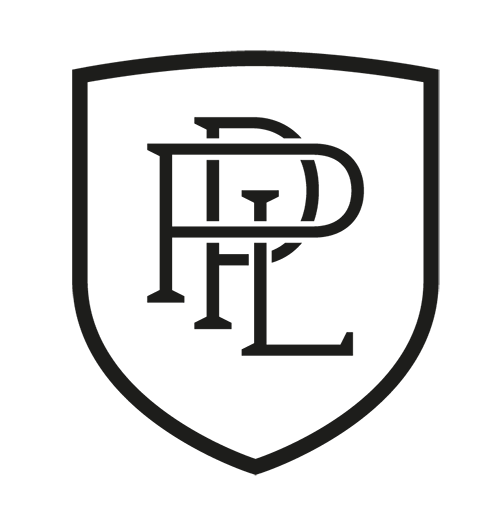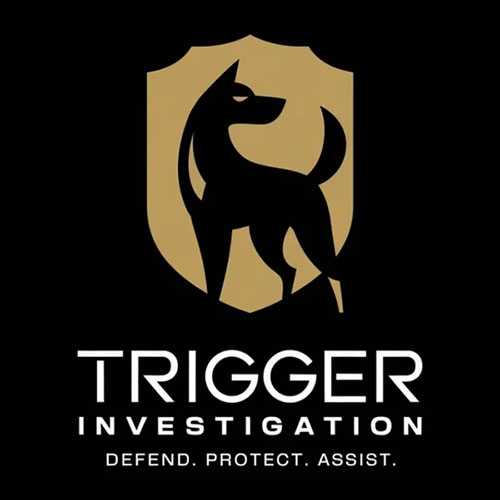Driving technique in personal protection and everything you need to know about it. Terrorist organisations, which remain mostly under the radar for outsiders, as well as many new threat situations due to changed economic and social conditions, energy crisis, envious societies and not to forget the war in Ukraine are changing the work areas of personal protection to a considerable extent.
In order to counter the sometimes very dangerous and perhaps underestimated risk potential, it is essential for all drivers of the protection vehicle as well as those of the escort vehicle and the bodyguards to form a quasi-coexistence. They all have to work together to successfully deliver the risky mission or the protected persons.
Basic principles and rules of conduct for drivers with protection tasks
SOP (standard operation procedures) for different operational scenarios such as attack on the individual vehicle, attack on a vehicle convoy, failure of a motor vehicle after an attack and the measures associated with it.
Behaviour in convoys (at home and abroad): In many European countries, convoy driving works quite well, depending on the circumstances. It works differently in countries in crisis, where there are hardly any traffic regulations that we are used to. In addition, it is essential to plan an exact offline route, as there is little or no GPS reception in many such countries.
Safe control of vehicles in everyday situations
To ensure driving at the limits of what is possible, every driver must know his vehicle. Also with vehicles of protection classes VR4 and VR7, taking into account dimensions and weights. (e.g. underground parking and turning circle) Recognise, handle and master scenarios and threatening situations. Exterior check of the vehicle, scene identification - i.e. is there a possible source of danger for the protected person such as a suddenly increasing crowd of people in the vicinity of the vehicle, possible rioting etc.?
Staggered driving in one lane
The most frequently used driving style only works if everyone involved also knows what is involved. Preferably, the protection vehicle should drive on the extreme left-hand side of the lane, the covering vehicle behind it on the extreme right-hand side of the lane, in order to get a good view of the front past the protection vehicle and to be able to react to possible sources of danger as quickly as possible. The distance to the protection vehicle should be chosen in such a way that, if the situation allows, it is only possible to close up to the protection vehicle so that no "foreign" vehicle" is left in between and so that it is still possible to take evasive action in a braking situation.
Correct lane change and lane indicator
A correct and anticipatory lane change is essential in intermodal driving. The driver of the protection vehicle must ensure in good time that, if a lane change is desired or when turning, the escort vehicle(s) is (are) given the lane change by means of flashing without a lane change in order to indicate this. The covering vehicle behind is the first to change lanes, thus securing the rear of the protection vehicle. Only now does the vehicle to be protected change lanes and is again directly in front of the escort vehicle.
Note:
When changing lanes with several escort vehicles, the last vehicle changes lanes first and secures the lane for all other escort vehicles as well as for the protection vehicle. The lane change is carried out from the rear to the front. It should be carried out in the same way when moving into the rear lane. However, the driver of the protection vehicle should consider the length of the convoy so that everyone has enough space to get into the correct lane.
The vehicle as a weapon - Hollywood kill: crash sensor and other gadgets that can spell doom for escort vehicles
Contrary to Hollywood's example and much more complex, an "escort vehicle" must be adapted or modified depending on the operational environment when it is acquired or at the latest before it is used for a protection mission. The reality shows exactly here the weak points. Many, especially high-priced vehicles are packed with safety electronics, airbag, crash sensor, safety battery clamp, which disconnects the cable from the positive pole of the battery if, for example, the airbag is triggered and the engine can no longer be started.
Of course, in the course of an escort ride, dicey emergency situations can arise at lightning speed. As a case in point: the escort vehicle with standard equipment rams into a barrier-airbag deploys and the engine automatically dies off and the vehicle, although technically hardly damaged and it would in principle be easy to continue driving, can no longer be moved and has to unintentionally abort the protection mission. A fatal situation, which unfortunately is not unknown. A constant learning process, as it is very difficult to "uninstall" any safety electrical technology on a series-produced vehicle afterwards. Of course, this does not correspond to the manufacturer's specifications!
Notice:
A second battery in the engine compartment or in the boot can supply the entire vehicle and allow the engine to be started even if the first battery is flat. As soon as you want to start the engine after a so-called emergency shutdown, the second battery is switched on - and it works!
Correct distance to the protection vehicle "rule of thumb
The following applies as a so-called rule of thumb in a stop situation: Drive up to the vehicle in front so that the tyres of the rear axle of the vehicle in front are still clearly visible to the driver of the escort vehicle - this is exactly the position that allows the driver of the vehicle in the rear to remain ready to manoeuvre or ready for action with his escort vehicle and, if necessary, to react, flee etc. with the vehicle in an emergency situation.
Notice:
Often the distance to the vehicle in front is chosen too short and thus the reaction radius would be too small and turning manoeuvres impossible.
Emergency evacuation of a protected person into the vehicle
A driver with protection tasks must be familiar with the procedures and tactics of the deployed personal protection team, limited to all possible scenarios that have to do with his vehicle. Behaviour in an emergency situation, escape or emergency evacuation of a protection person into the vehicle must be specially trained at least every six months together with the personal protection and the correct protection person. Protection personnel must also be instructed on how their protection team will function in various emergency situations together with the protection person. Repeated scenario training is essential in order to create a common concept to protect life and limb in the event of an attack scenario. For temporary personal protection missions, this can be a challenge, as the persons to be protected have little or no understanding of security.
Even in the case of permanent personal protection, you should be careful not to fall into the so-called routine. Go through concepts and protocols again and again and repeat them as often as possible via scenario training.
Special protected limousines
Special armoured vehicles are usually used as a safe means of transport for politicians, royalty, high-ranking companies or private individuals. Armoured civilian vehicles are classified according to VPM- BRV (Ballistic Resistance Vehicle) in the classes VR1 lightly armoured, up to VR10. You can find more information on the VPM guidelines here in the wikipedia link: VPM protection levels
The commonly used resistance classes are VR4 and VR7/BR6 (BVR 1999). The slash in the specification for the so-called heavy armour means that the bodywork corresponds to bullet resistance class VR7 and the glazing to bullet resistance class BR6. (Source: Wikipedia)
In addition to attacks with firearms, such vehicles also protect the occupants from attacks with explosives, incendiary bombs (Molotov cocktails), crowbars, axes, etc.
No time to think, no room for error
From a legal point of view, in order to drive a special protection vehicle properly, it is purely necessary to have a driving licence of the respective driving licence class (permissible total weight!).
Drivers of special protection vehicles must be able to do special things. Professional driver training for the respective vehicle is expected or assumed. In addition, there are the requirements of qualified personal protection for procedures and tactics.
Such training teaches basic survival skills and standard procedures in simulated emergency situations, which can be called up quickly in an emergency, because in addition to experience, good preparation helps to cope with stressful situations.
Drivers must grasp, implement and react with lightning speed. They must be in control of their vehicle in every situation and thus bear a special responsibility.
Qualified personal protection cannot be replaced by drivers with protection tasks.
However, well-trained drivers can recognise preparatory actions and counter spontaneous attacks.
Together we can make a difference!
Become a part of the MOORE PROTECTION COMMUNITY and subscribe to our newsletter and find out about many interesting topics through our blogposts.















